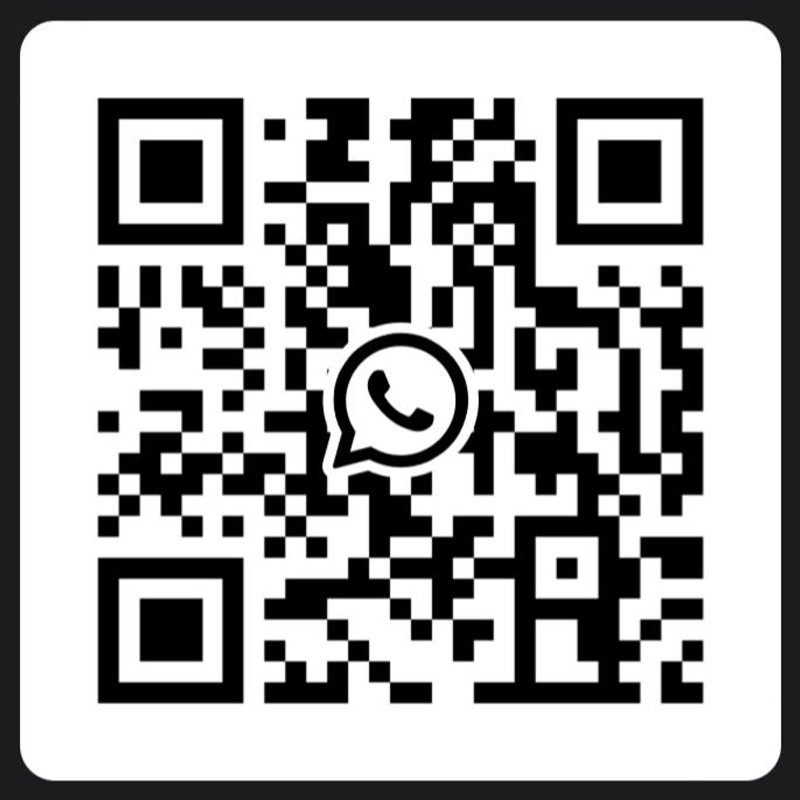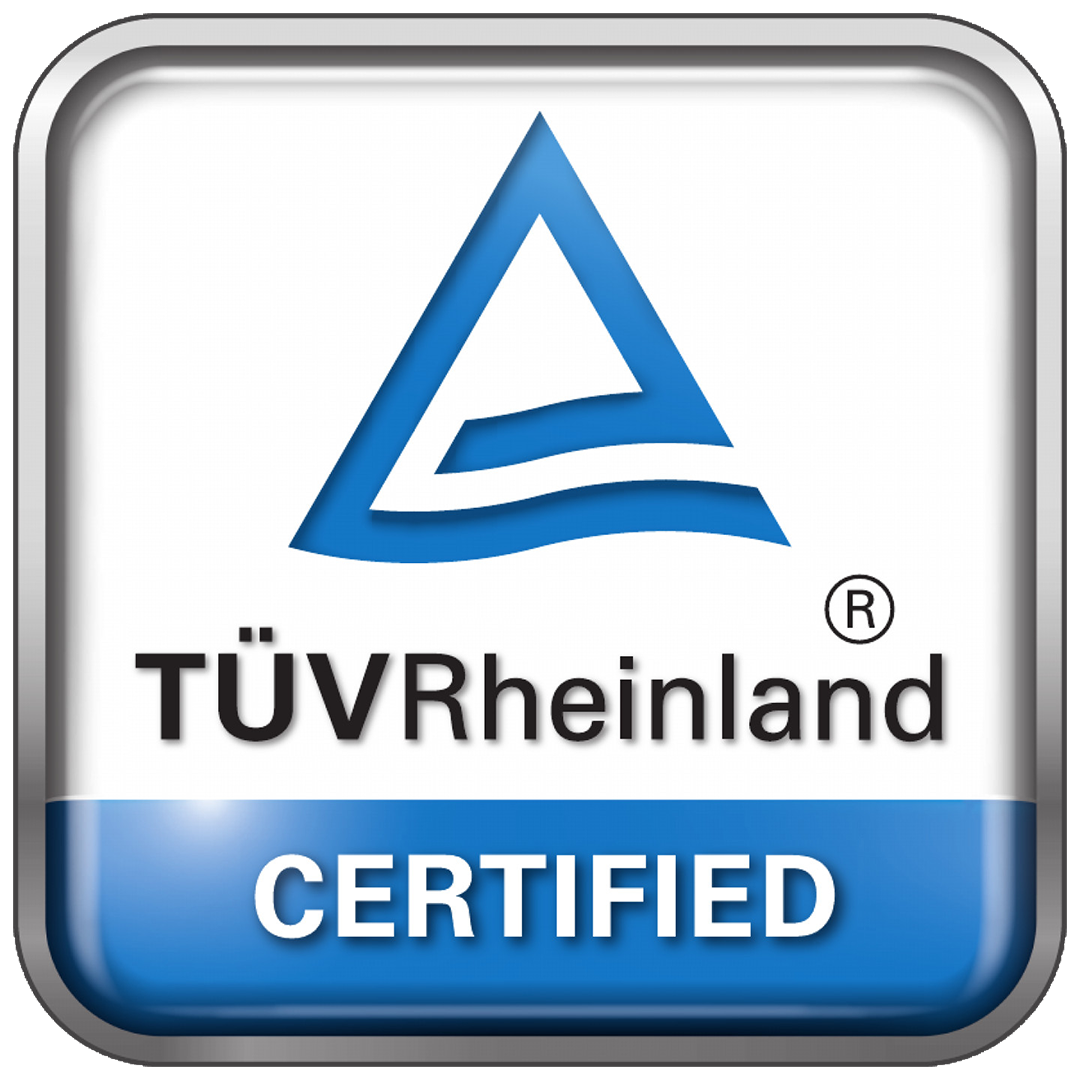When a nasal swab is performed, it is looking for viruses and bacteria that might cause infections in the lungs, among other things. Respiratory infections can manifest themselves in a variety of ways. A nasal swab test can assist your doctor in determining what type of illness you have and the most effective treatment for you to receive.
It is possible to use a sample of cells taken from your nose or nasopharynx for the test. The nasopharynx is the term used to describe the uppermost region of your nose and throat.
What exactly is the nasal swab method?
In the nasal swab method, a swab is used to acquire a diagnostic sample from the nasal membrane. The nasal swab test (also known as an anterior nasal test) inserts a swab into one nostril about 0.5-0.75 inches deep and rotates it for 10-15 seconds while tapping the sides of the nasal wall in one nostril. Then samples are collected in the same way in the other nostril with the same swab. This procedure is usually more comfortable for the patient because it is less invasive—and it is also the one utilized while self-testing.
Swabs used for nasal collection typically have a medium-sized tip made of absorbent material, such as flocked fibers, spun polyester, or medical-grade foam. Polystyrene is commonly used to handle a nasal swab used for diagnostic testing.
What exactly is gathered on the nasal swab?
The test consists of a soft nasal swab (anterior nares) that is inserted into the nasal cavity for approximately 12 inches or until it stops. In order to gather mucus, the swab should be spun for 15 seconds in each nostril. There is no discomfort associated with the test, and it can be administered or observed with ease by a trained sample collection supervisor.
What is it used for?
Certain respiratory infections can be diagnosed with a nasal swab, which is used to clean the nasal passages. These are some examples:
The flu is a contagious illness.
- COVID-19
- Infection with the respiratory syncytial virus (RSV). This is a common respiratory illness that is usually mild in nature. However, it can be dangerous to small children and older adults.
- When you have whooping cough, you have a bacterial infection that produces intense coughing fits and difficulty breathing.
- It is a disease characterized by inflammation of the membranes surrounding and protecting the brain and spinal cord, known as meningitis.
- MRSA (methicillin-resistant Staphylococcus aureus), a dangerous kind of bacterial infection that can be extremely difficult to treat, is one of the most common infections in the United States.
Why should you do a nasal swab test?
If you are experiencing signs of a respiratory infection, you may require this test. These are some examples:
- Cough \Fever
- Nose congestion or runny nose
- Throat discomfort
- Headache
- Muscle pains and fatigue
What should I do to prepare for the exam?
There is no preparation required for the test, although any ointments or creams applied to the nasal canals should be avoided as they may compromise the sample’s integrity.
What exactly happens during a nasal swab procedure?
A nasal swab can be collected from the following areas:
- The region of your nostrils that is closest to your mouth (anterior nares)
- A nasal mid-turbinate (NMT) swab is used to clean the inside of your nostrils at the back of your nose.
- The nasopharynx is a term used to describe the area between the nose and the mouth (uppermost part of your nose and throat)
The patient may be asked to perform an anterior nares test or a nasal mucosal testing swab by themselves in some instances.
When doing the anterior swab test, Tilting your head back will be the first step. Then either you or the service provider will:
- Gently insert a swab into the inside of your nose.
- Rotate the swab and hold it in place for 15 to 20 seconds before removing it.
- Remove the swab from your nostril and insert it into your other nostril.
- Using the same procedure, swab the second nostril as well.
- Remove the cotton swab from the wound.
If you are performing the test on your own, the service provider will instruct you on how to seal your sample properly.
Tilting your head back will be the first step in doing an NMT swab. After that, you or your service provider will:
- Gently slide a swab into the bottom of the nostril, pressing it in until you feel it come to a complete halt, then remove it.
- 15 seconds should be spent rotating the swab.
- Remove the swab from your nostril and insert it into your other nostril.
- Using the same procedure, swab the second nostril as well.
- Remove the cotton swab from the wound.
- If you are performing the test on your own, the service provider will instruct you on how to seal your sample properly.
During a nasopharyngeal swab, the following will be observed:
- You will sway your shoulders back.
- You will be asked to breathe through your nose until the swab reaches your nasopharynx, at which point it will be removed (the upper part of your throat).
- The swab will be rotated and removed by your healthcare provider.
Is there a danger associated with taking the test?
It is possible that the test will tickle your throat or cause you to cough. Uncomfortably, the use of a nasal swab may result in a gagging, coughing, and other symptoms. All of these consequences are only transient.
What are the implications of the findings?
It is possible that you have been tested for one or more types of infections, depending on your symptoms.
A negative result indicates that there were no potentially dangerous viruses or bacteria in your sample.
In the case of a positive result, a specific type of dangerous virus or bacteria was discovered in your sample. It signifies that you are suffering from a specific form of infection. If you have been diagnosed with an infection, make sure to follow your healthcare provider’s treatment recommendations. This may include medications as well as measures to prevent the infection from spreading to others.
After being diagnosed with COVID-19, make sure to get in touch with your healthcare professional to learn the best ways to take care of yourself and prevent others from becoming infected with the virus.




